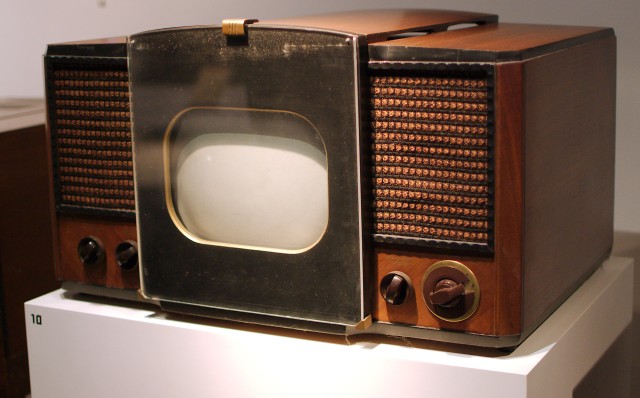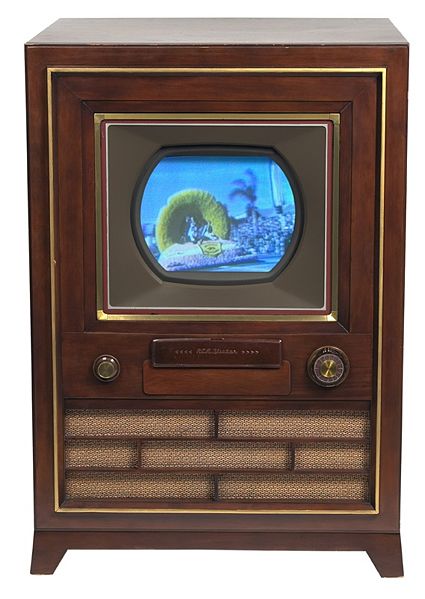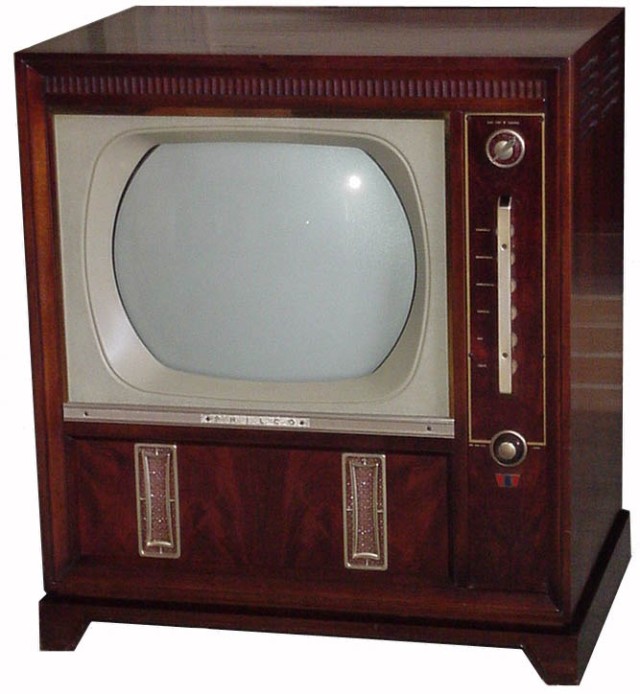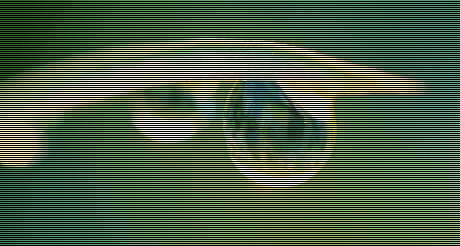
In my life during 1965, the television was probably the most influential piece of technology. The invention of the television might well be connected to the telephone, another important influencer. In 1880, Alexander Graham Bell took sealed documents to the Smithsonian Institute. Word got out that the documents described an invention called a “photophone” that could send images mechanically. This started a flurry of activity and controversy. There was an illustration in Punch’s Almanac for 1879 depicting a “telephonoscope.”
In the early days, actually for most of its history, the TV was a box with a large cathode ray tube (CRT) inside that held the world ready for viewing. Without getting too technical and yet still describe the difference between the CRT TV and the TV of 2015, the cathode ray tube was a triangular shaped tube with an electron gun in the pointed part at the back of the TV. It was so long that there was a bump that stuck out five or six inches at the back of the TV, making it difficult to push the huge unit close to the wall. The front of the tube was the viewing surface and was round in the early days, but square in most cases by 1965.
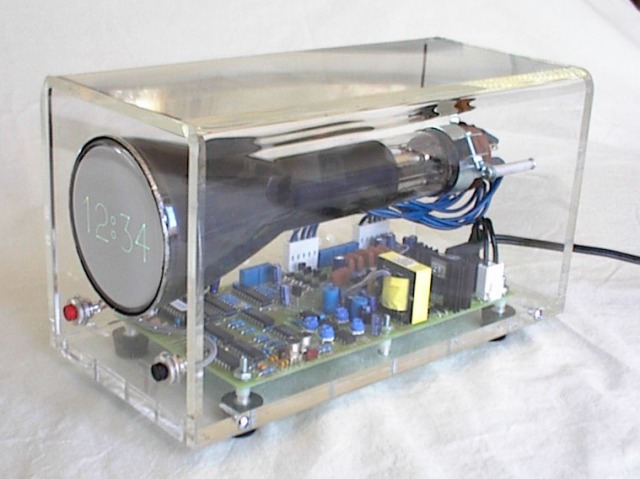
We actually had a round TV in a very large cabinet. It was a colour TV, which was a very new thing in those days. A couple of years prior to 1965, TVs began to go from black and white, actually a sort of bluish colour, to being wonderful “living” colour. I can remember the neighbours having the first colour TV. One of the first TV shows to be broadcast in colour was The Wonderful World of Disney, probably because they had a lot of colour content, from cartoons to movies, they could use. We would go over to the neighbours to watch Disney.
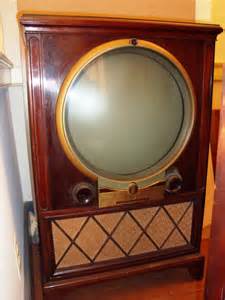

It took quite a few years before most TV shows were in colour. Colour was an expensive process. There were only a half-dozen, or less, channels in those days, depending on where you lived. The stations were broadcast from local transmitters and the TV would pick up the broadcast with rabbit ears. Rabbit ears were two long metal telescopic spikes called antennas or aerials that pointed at an angle in opposite directions but came together at the bottom to form a V-shape where they connected in a small box with a wire that lead to the TV. Some people actually had a large antenna mounted on the roof of their house and a wire stretched from the roof to the TV set.


CRT TVs were not instant on. Often the volume knob was the on switch. One would turn the knob, it would click to on and then turn a little more to get the desired volume. But wait. Yes, wait. Both the CRT and the audio amplifier used tubes and thus had to warm up for many seconds. First, a small dot of light would appear in the centre of the screen. Sometime a flicker and soon an image would appear that might be distorted until all the tubes were warm in the TV set.
That might be only the start. One might have to adjust the antennas to get the best reception. Sometimes the TV set might need other adjustments. I mentioned a bit about the CRT earlier and said it was a gun. I’ll try to explain this as simply as I can without looking up the exact details of how it worked. I just want you to get the idea behind the device.

The electron gun shot a beam to the front of the CRT which was coated with something, perhaps it was phosphorus. The phosphorus would light up. The beam could be directed to different places on the screen and the way the screen was filled with an image was to have the gun draw or scan lines across the screen. If one were to look very closely at the image on the screen they would see these scanned lines. I think there were around 525 lines and I don’t think this could be altered. If one had a larger TV, the scan lines would be larger. The gun would make a line across the top of the screen from left to right and then move down and draw another line, repeating to draw more lines until it reached the bottom of the screen where it would go back to the top and start again. All this happened so fast that the whole screen looked lit-up. The actual image was probably produced by varying the intensity of the beam. Less intensity at a certain point on the screen would produce a darker image. A colour TV had three guns, red, blue and green that would combine to scan colour on to the screen.
Modern TVs use a liquid crystal display (LCD) or light emitting diode (LED) screen. This technology does away with the gun at the back of a big CRT and thus allows for the screen to be very thin. TVs are no longer boxes and large pieces of furniture. Because they are solid state digital technology with no tubes, they can be instant on and not restricted by the number of lines that can be scanned on the screen. They have other issues that govern the quality of the image which are outside the scope of this article.



The television was invented in the late 1920s. I think I remember seeing the first image that was ever broadcasted. It was of Felix the Cat. Television technology was expensive and the Great Depression and then World War II delayed the TV from becoming the massive personal and societal influencer it has become. Prosperity came after the war and so did many new appliances. Modern technology was gaining a deep foothold on North American life. Western societies were ready for the TV by the late 1940s.
During the 1920s, 30s, and 40s, people either listened to the radio or went out to see a movie, play or other form of entertainment. TV allowed people to stay home and see the world from their own living room. It was a natural step from the radio in the living room, but with an important difference. With radio, the listener would sit back and imagine the scene that the audio was depicting. This kept the mind as an active participant. The TV, with both audio and image, was much more passive. One simply had to watch and listen. There was much less thinking.
As television became more popular, it was considered somewhat a threat to radio, just as radio had threatened the phonograph recording industry, which had threatened the live entertainment industry. The movie industry began to scramble to come up with many new technological features from wide-screen to 3D.

At first, shows were done as a stage play. The equipment was cumbersome and it was difficult to move around, so the viewer was sort of a member of the audience. It wasn’t long until more than one camera was being used. I think it was Desi Arnaz, the husband of Lucille Ball, and their I Love Lucy show that began to use more than one camera during the 1950s.

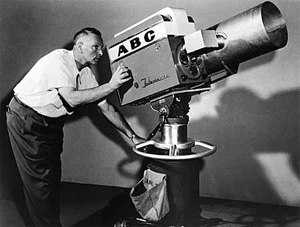
Recording the television shows was very crude in the beginning. The kinescope was a process where a film camera was aimed at a TV to record the image on film. It was not long until the equipment became more compact and video tape recording was invented. Taping, allowed for shows to be delayed for better time periods different broadcast time zones, and for editing. As more satellites were put in orbit the possibilities of content were expanded since content could be gathered at one location and beamed to a satellite and then to another location in the world. It was in 1965 that the first commercial communication satellite, Intelsat 1, went into operation. Think for a moment how that event has changed the world.


This brings us to 1965. The Vietnam War was on and I can remember well my father watching Walter Cronkite anchor the 6 PM CBS Evening News with very graphic reporting of the Vietnam War. This was the other side of the world in a tube in our house—a war in a tube in our house—at dinner time. Never before had war come to the dinner table. To me, this is a stark marker in how society had changed.


Even with radio, it was turned on primarily to listen to a show. Perhaps one might listen to some music or a drama. One would listen and imagine. Nothing else was done. By 1965, we were eating while watching TV, mothers would iron clothes while watching a soap opera drama. Children would come home from school and plop themselves down in front of the TV to be parented. Parents didn’t have to worry that their child might be out somewhere getting into trouble. The world had changed forever. You didn’t have to go out into the world, it could come to you in a tube.
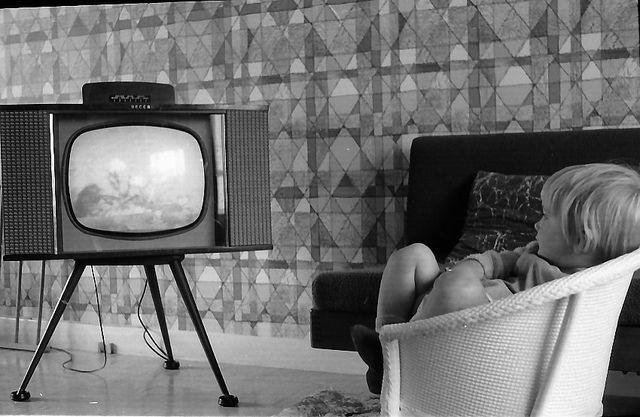
Actually, children of the TV generation were being raised by the media. You could believe anything just because it was on TV. Children demanded the latest toy and the latest sugar-coated cereal. Children no longer made toys out of whatever was around and diets became processed by machines, preserved by chemicals and instantized. We were told it was fun, or that it was good for us.
Many toys, such as the Frisbee and the Yo-Yo, became ever cemented into the toy chest through the popularization by TV. The pace of life picked up as we struggled to mould our lives around our favourite TV shows. Often, there was no time to cook a meal, so companies, such as Swanson, seized on the opportunity and invented TV dinners. Just take the foil tray out of the box and place the frozen meal in the oven and, by the time the first commercial comes on the TV—perhaps even an advertisement for a TV dinner—your meal is ready, all segmented into sections of the tray. There was one indentation in the foil tray for meat, one for vegetables and one for potatoes. If that was too much, you could simply stop off at Colonel Sanders Kentucky Fried Chicken (now, because of our rapid lives, often shortened to KFC) and bring home a bucket with everything in it, just in time to unfold the TV trays (small folding flimsy tables) to see your TV show.

As modern life began to revolve more and more around the TV, we found we needed more and more TVs so each person could go to a separate room to watch their own favourite show. Just as with phones, why not have one in every room. I counted seven TVs in our house one day. One of our TVs was a Sony Trinitron. This TV ran for 30 years in our house and probably would have kept going had we not decided to move on to newer technology. Our Sony was one of what were commonly call portable TVs and generally had the rabbit ears built in.

We would come home and turn on the TV to see what was on. If you didn’t want to watch what was on one channel, you would get up and turn the tuner dial to another station. It would click for each number on the dial. By 1965, there were more stations coming on and one would have to sit next to the TV and turn the dial to see what other channels have on. If there was a commercial on a particular channel, you would have to check other channels and come back, or wait until the program resumed. By the time you had checked all the channels, the shows would be changing and you would have to start over and by then your tea or coffee, or your TV dinner, would be cold.
I think Zenith was one of the first to solve the problem. They came up with a remote control that worked by a button that would create an audio tone. One could turn the TV on or off, raise or lower the volume in steps and, of course, and change the channel. Voila, problem solved. Well, partially. You still had to check all the channels and there was no jumping, you moved up the channels sequentially. But, you could stay in your seat and eat your ice cream before it melted. The invention of the remote, also invented channel surfing. However, there was one problem. At my friend’s house there was one of these TVs with the remote control. Sometimes the doorbell or the telephone would ring and operate the TV because the remote operations were accomplished with audio tones.
Fifty years later, we have gone from a few channels to hundreds. It seems like we have more than the world in a tube. The TV has out-grown the tube. It is no longer the warm analog friend that was introducing us to the world in 1965. It is a digital portal to the universe. Gone are the rabbit ears; we now have a cable, like a giant pipe feeding us with whatever we want. Most channels do not go off the air in the middle of the night, displaying a test pattern. It all just keeps going as an endless flow ready to flood our minds at any time of the day or night. Television stations are no longer multinational corporations. Content providers who own the cables are no longer king. Content can come from a variety of sources and can be produced by almost anyone. The floodgates are open.
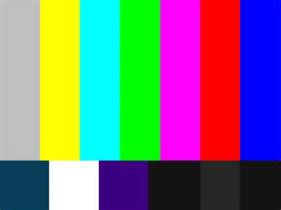
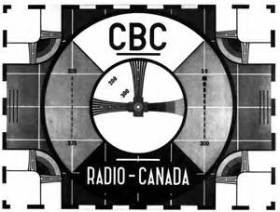

I remember well when I first heard the idea of a flat TV that could hang on the wall like a picture. I imagined a wall with pictures hanging on it and a TV somewhere in the middle. There were other ideas of 3D and an entire wall as a TV. Even a holographic TV similar to the imaging device seen in the Star Wars movie. I am watching to see if the new 3D TVs of today will be a fad as it was with the movies of the 1950s. Today, we can have a TV on a table, on the wall, in our lap, in our hand, in our car, almost anywhere and it comes with more than TV. TV is only one part of the multi-communicative devices we have at our fingertips.
Our current family TV is a Panasonic that sits on the mantle above the electric fireplace in our townhouse. It is connected to a sound system, a Blu-Ray disc player and the Internet. We can do Skype or watch YouTube videos among many other content sources which we seldom use. We do not subscribe to cable television, but seem to get a dozen channels that come with our Internet subscription. That seems to be plenty for us. Even with only a similar number of channels that I had in 1965, I can end up watching far too many hours of TV. It is mesmerizing. I can’t even imagine how I would settle on a show to actually watch if we could get hundreds of channels. It boggles my mind. So, I sit and flip back and forth sometimes trying to watch more than one show on the few channels we get and attempting to get some things done on my computer at the same time. How do people with everything do it?
